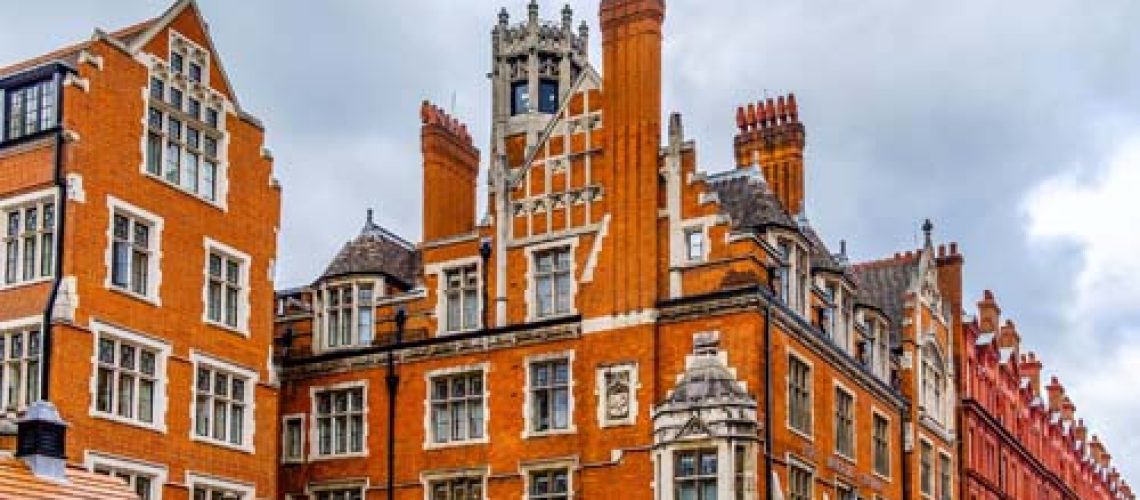


Main contractor for the conversion works, Knight Harwood, recently carried out a second project installing an ironwork glazed canopy and walkway which leads from the street entrance, through the courtyard, to the hotel’s main reception area. Taking inspiration from Sir Joseph Paxton’s conservatory designs, the canopy features cast iron columns and traditional ironwork, creating a striking new entrance feature to the historic building.
From its works in mid-Wales, Tuscan Foundry replicates traditional and unique guttering profiles for the replacement of original rainwater systems, as well as for new build and conversion projects requiring a particular aesthetic. Tuscan Foundry, Managing Director Paul Stenning outlines the advantages of traditional cast iron over newer materials such as PVC and aluminium: “Aesthetically, there’s a world of difference and the like-for-like replacement of cast iron guttering and soil pipes helps to preserve the historic character of buildings. As well as keeping with the original architecture, heritage building products are often more durable than off-the-shelf products. Cast iron lasts for around 100 years, compared to an average 10-15 years for PVC products”.
Rainwater products were historically manufactured at a foundry situated in the same vicinity as a property. With very few foundries now remaining, it can be difficult to obtain a particular profile. Tuscan Foundry have taken this into consideration and supply a number of traditional cast iron gutter and downpipe profiles that replicate original period designs. This includes profiles that are specific to certain regions.
The trend of converting disused buildings and the popularity of loft conversions has also created a demand for specialised heritage products. Adapting buildings with historic value is a sensitive issue. Most alterations have to meet strict conservation regulations which can present challenges to the developer, especially when the property was never originally intended for domestic purposes. “Older properties can present logistical challenges when fitting rainwater systems” explains Stenning. “If there are open rafters instead of fascia boards for instance then we need to create bespoke brackets made up to certain lengths and styles to hold the gutter in place. There’s a level of detail required for working with more complicated buildings”. With a background in working with historic properties, Stenning is keen to collaborate with other building conservation specialists and is currently compiling an online directory for businesses involved in period and listed house restoration. Please contact Tuscan Foundry if you would like to be involved.